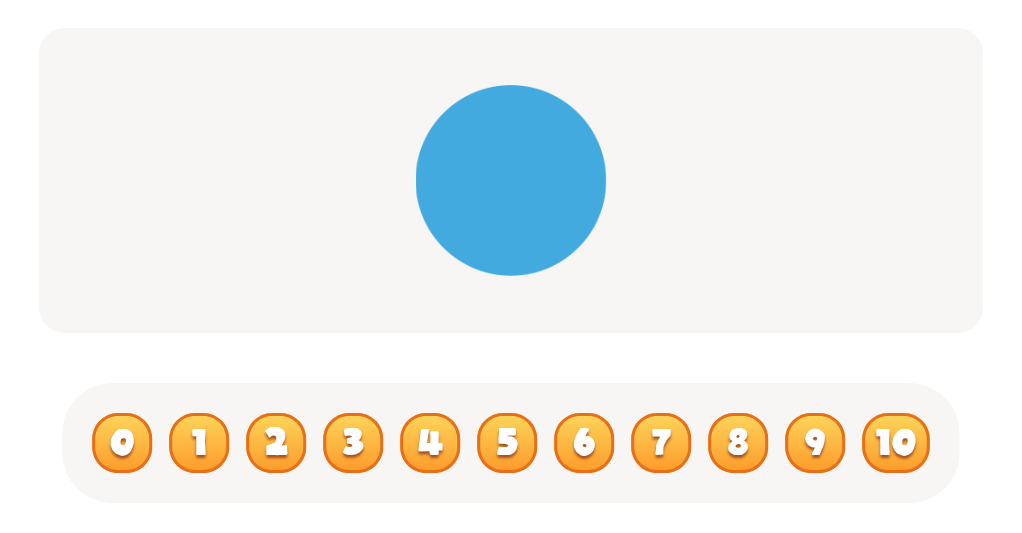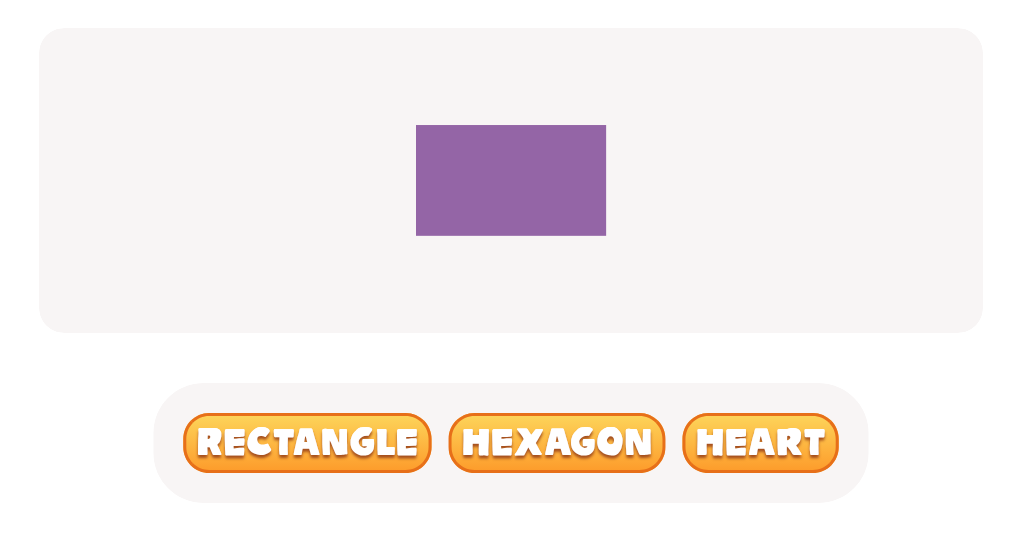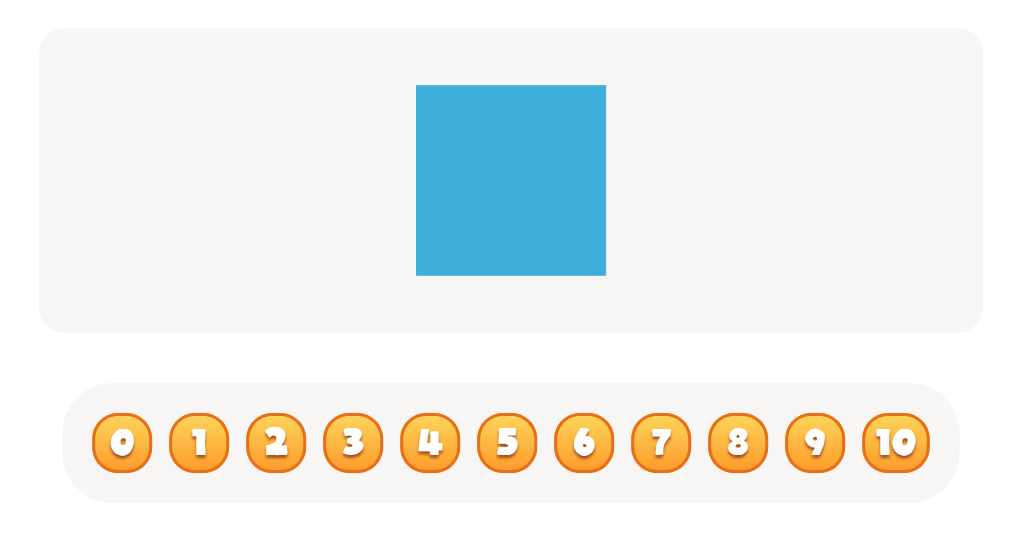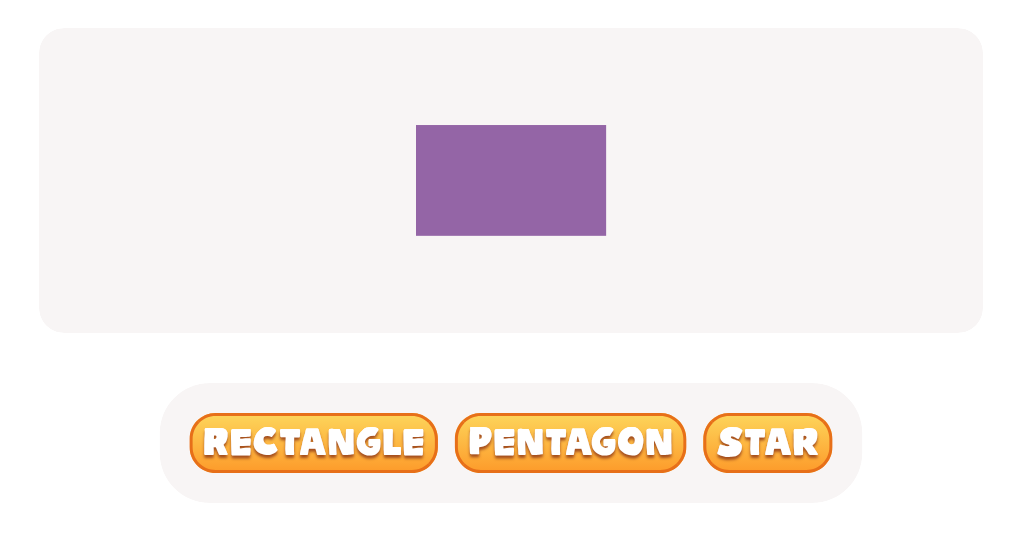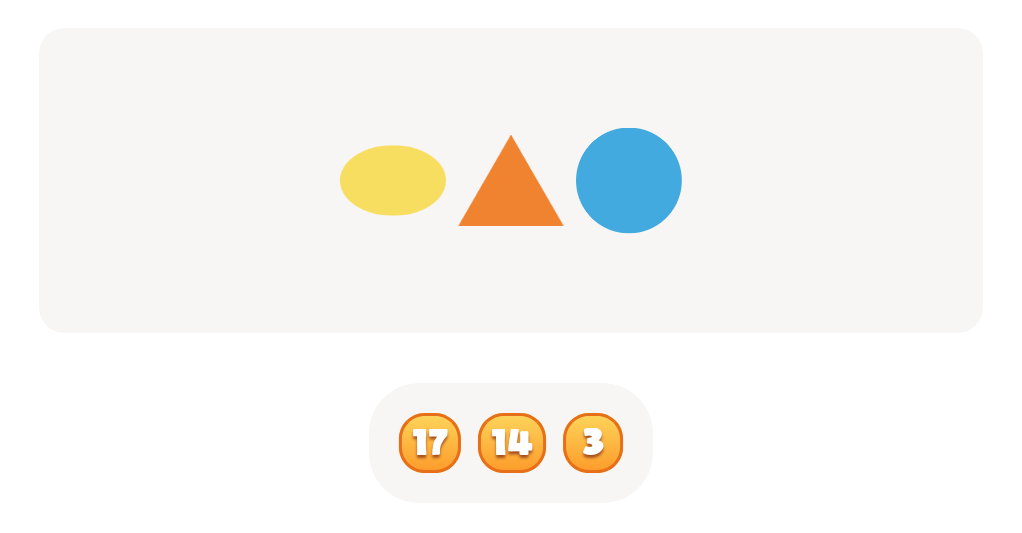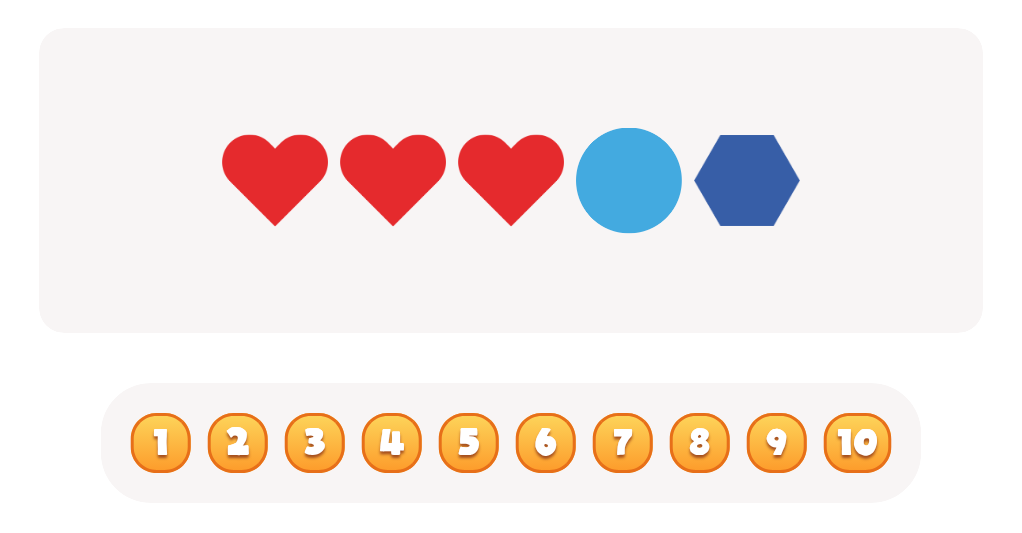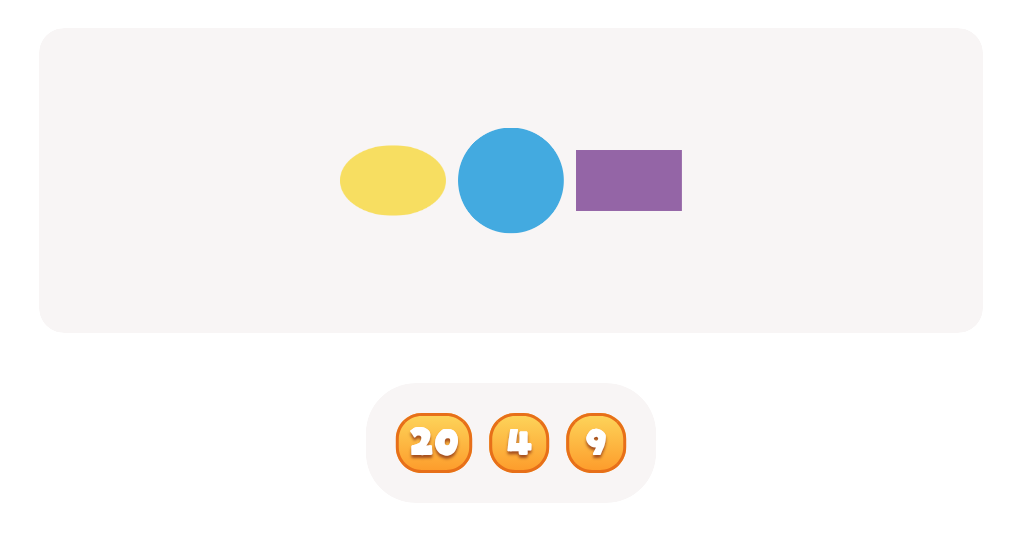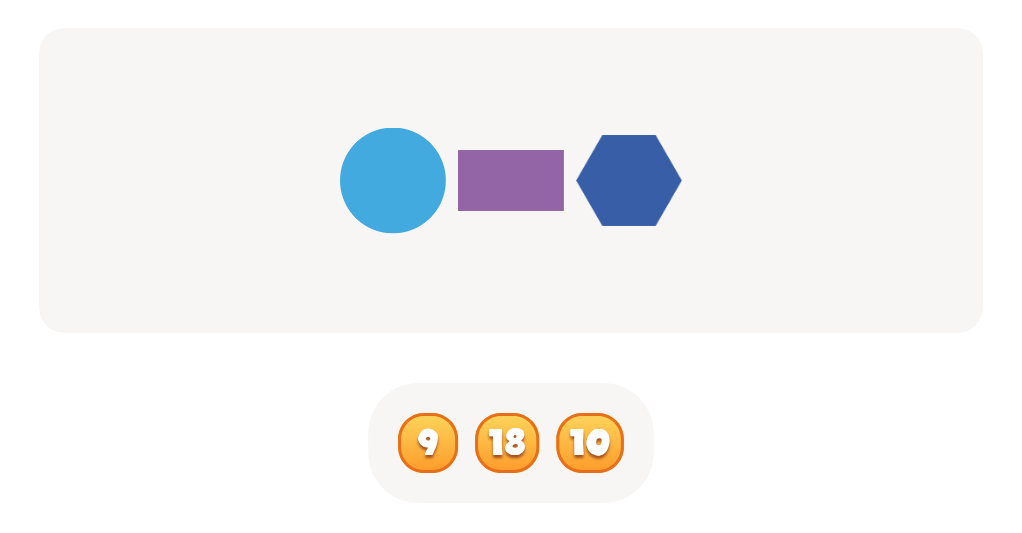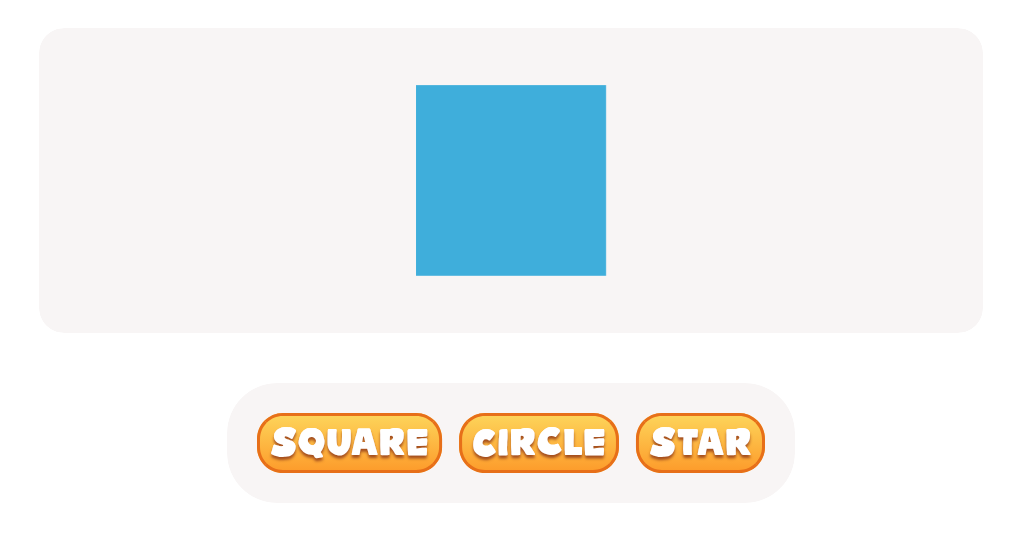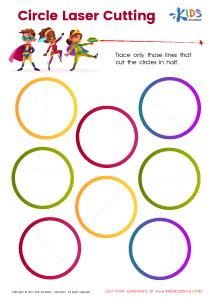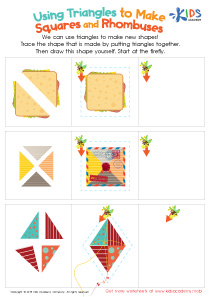Problem-Solving Skills Normal 2D Shapes Worksheets for Ages 3-9
5 filtered results
-
From - To
Boost your child's critical thinking and geometry skills with our Problem-Solving Skills Normal 2D Shapes Worksheets for ages 3-9. These engaging and educational resources are designed to help young learners recognize, identify, and manipulate 2D shapes while solving fun, age-appropriate challenges. Our worksheets incorporate colorful visuals, interactive activities, and intuitive problem-solving tasks that promote spatial awareness and logical thinking. Perfect for both classroom and home use, they will provide a strong foundation in mathematical concepts and ignite a passion for learning. Help your child develop essential problem-solving skills and master 2D shapes effortlessly!
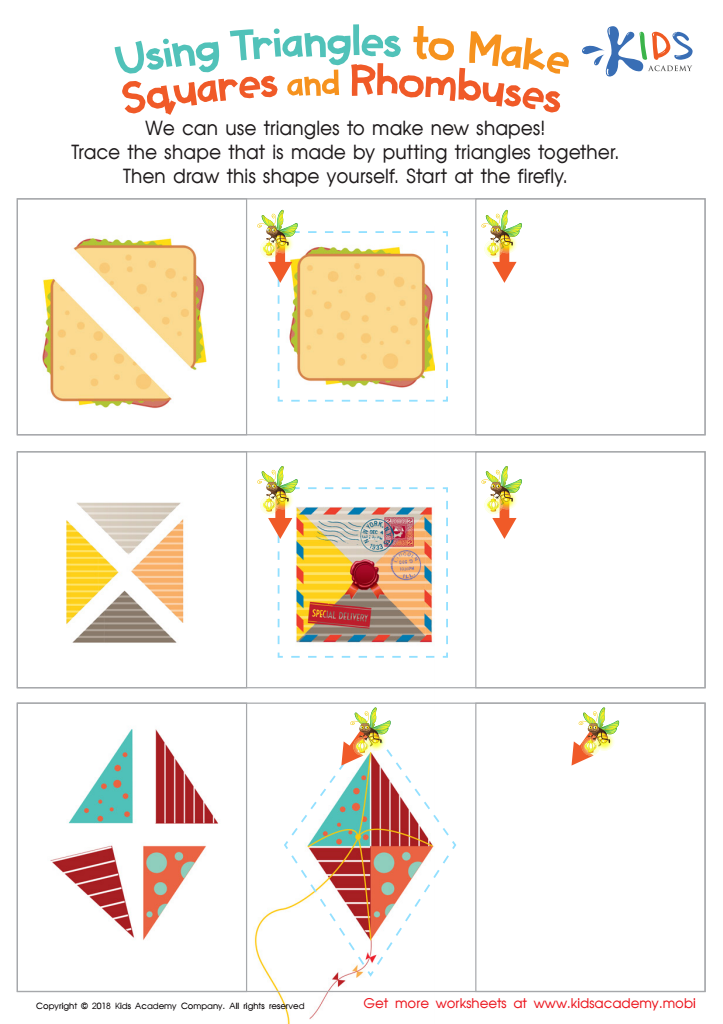

Using Triangles to Make Squares and Rhombuses Worksheet
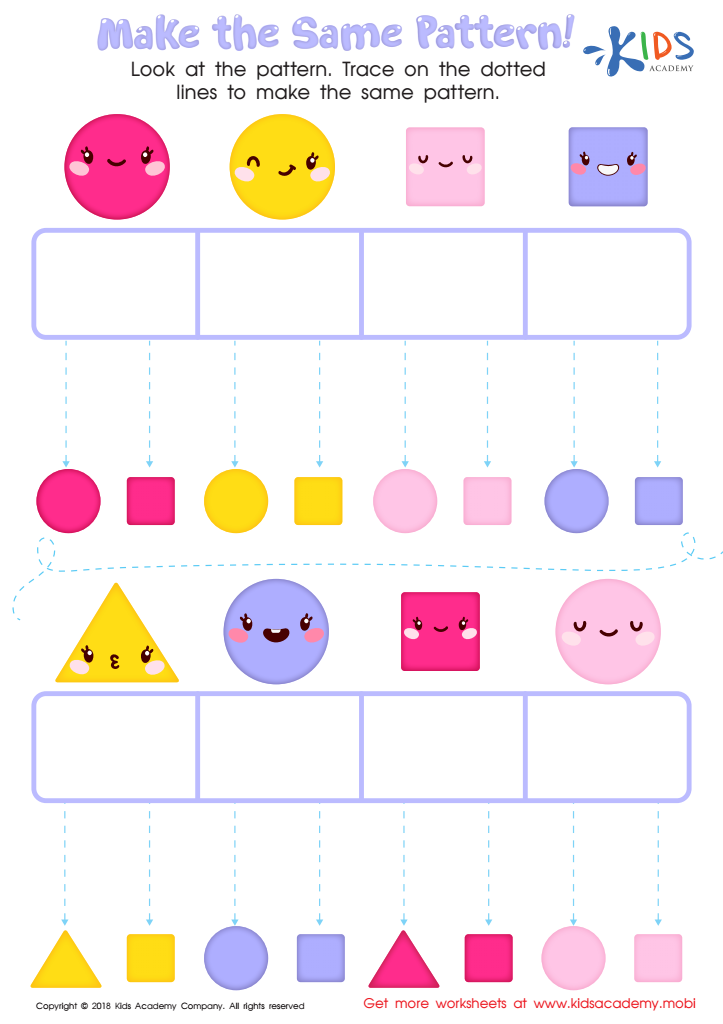

Make the Same Pattern Worksheet
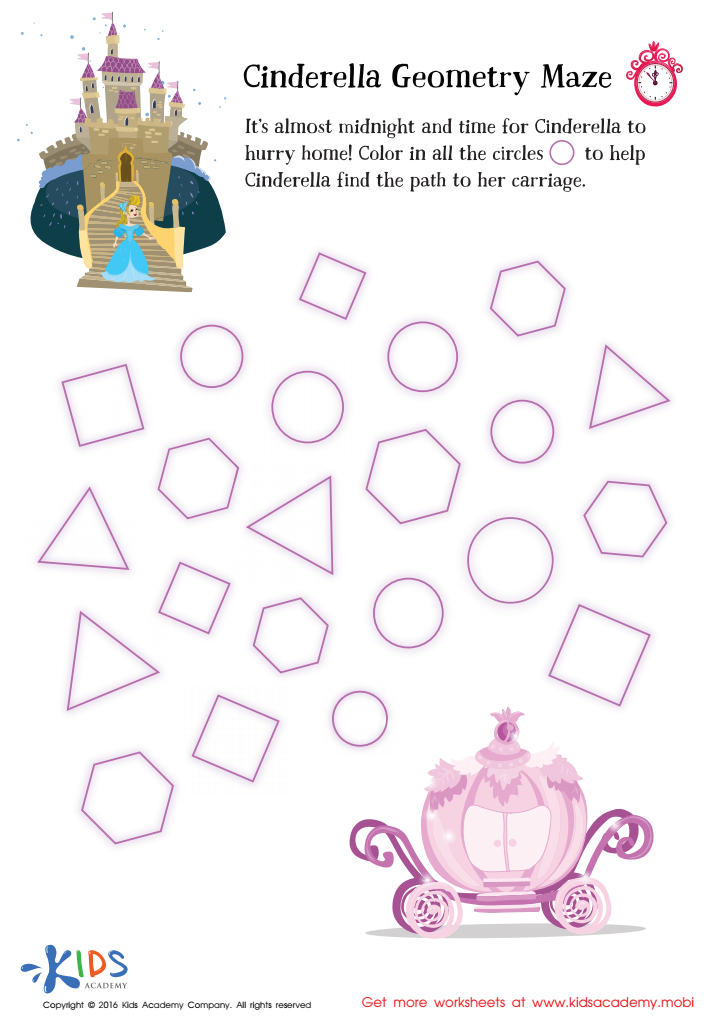

Cinderella Geometry Maze Worksheet


Learning to Draw Crescents And Triangles Worksheet
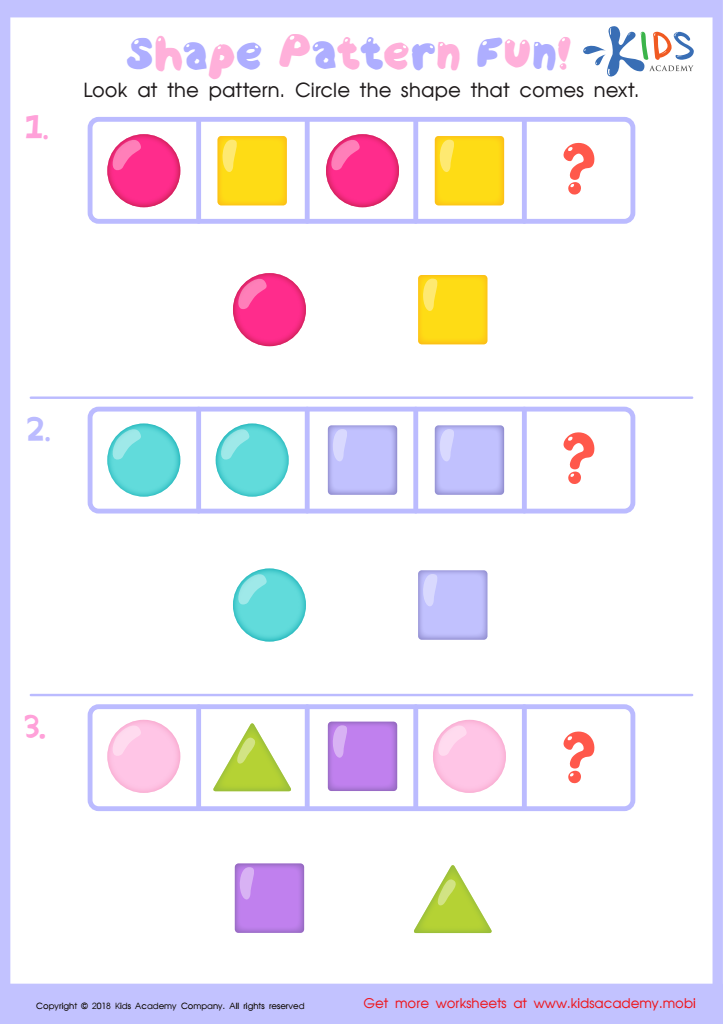

Shape Pattern Fun Worksheet
Problem-solving skills related to normal 2D shapes are crucial for children ages 3-9 as they lay the groundwork for future learning in various subjects like mathematics, science, and technology. For young children, recognizing and interacting with 2D shapes such as circles, squares, and triangles can significantly enhance their cognitive development. These activities improve spatial awareness, an understanding of symmetry, and the ability to classify and categorize objects.
Moreover, early exposure to problem-solving with shapes encourages critical thinking and creativity. When children are tasked with identifying or sorting shapes, they develop logical thinking skills and the ability to see patterns. These experiences are foundational for more complex problem-solving scenarios they will encounter as they grow, not just in math but in everyday life as well.
Additionally, these activities support the development of fine motor skills. When children use their hands to manipulate cut-out shapes or draw them, they enhance their hand-eye coordination and precision.
From a social perspective, engaging with problem-solving activities involving shapes in a group setting encourages cooperation and communication among peers, which builds essential social skills.
Parents and teachers play a critical role in fostering an environment that emphasizes the importance of these skills, thus setting a strong educational and developmental foundation for future academic success.
 Assign to My Students
Assign to My Students
